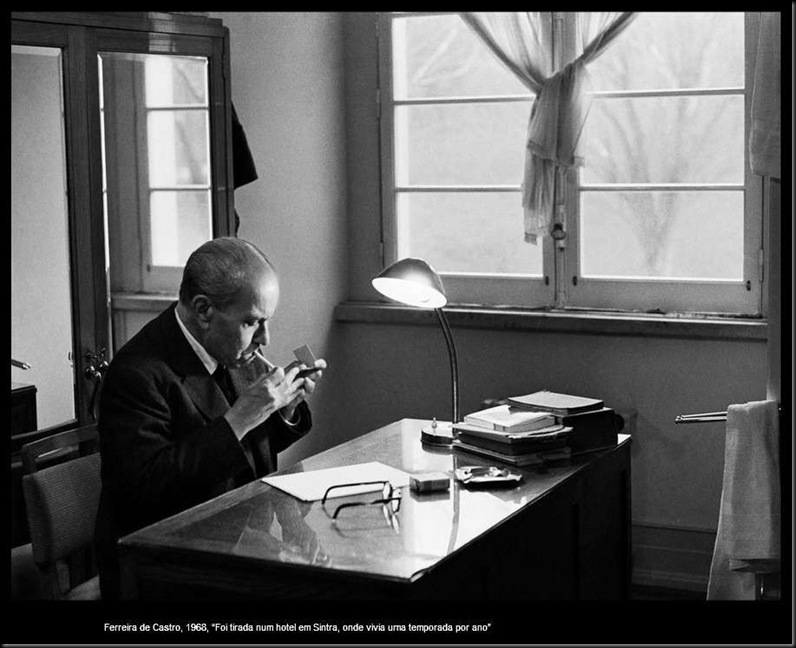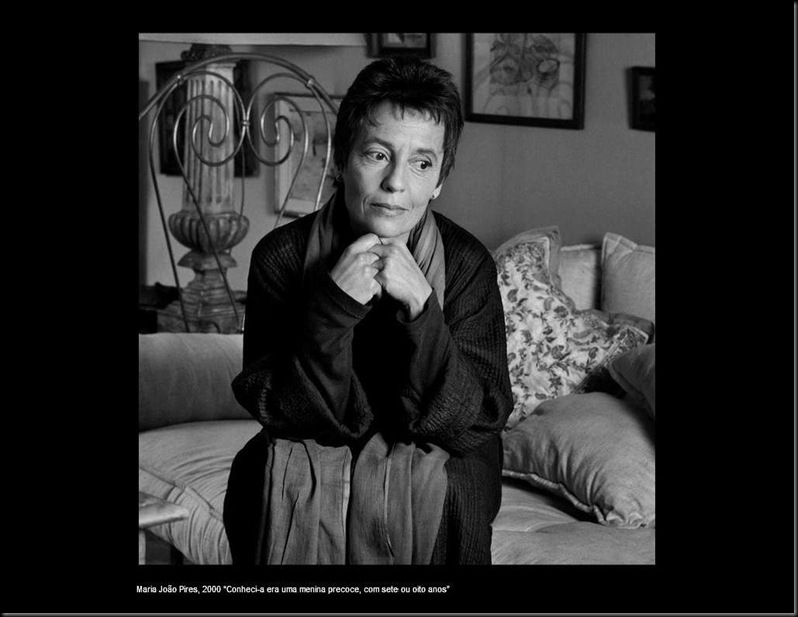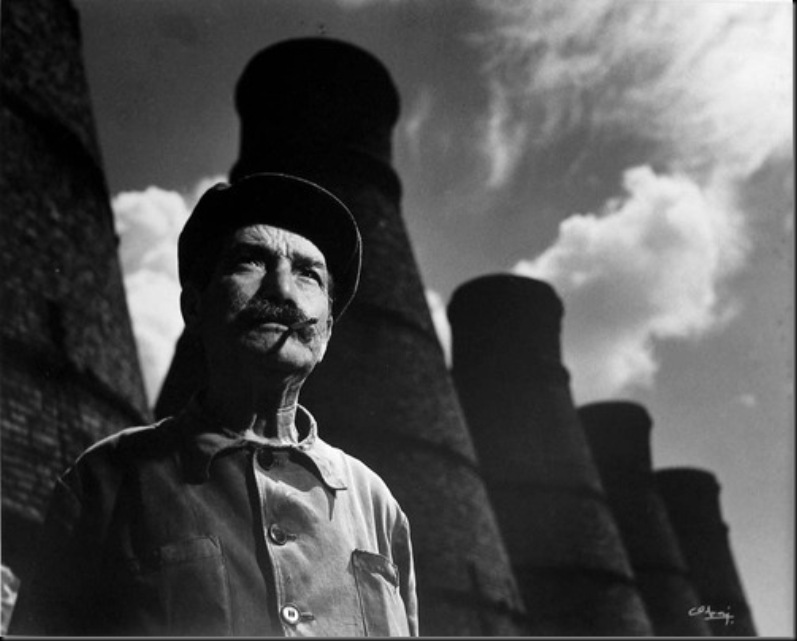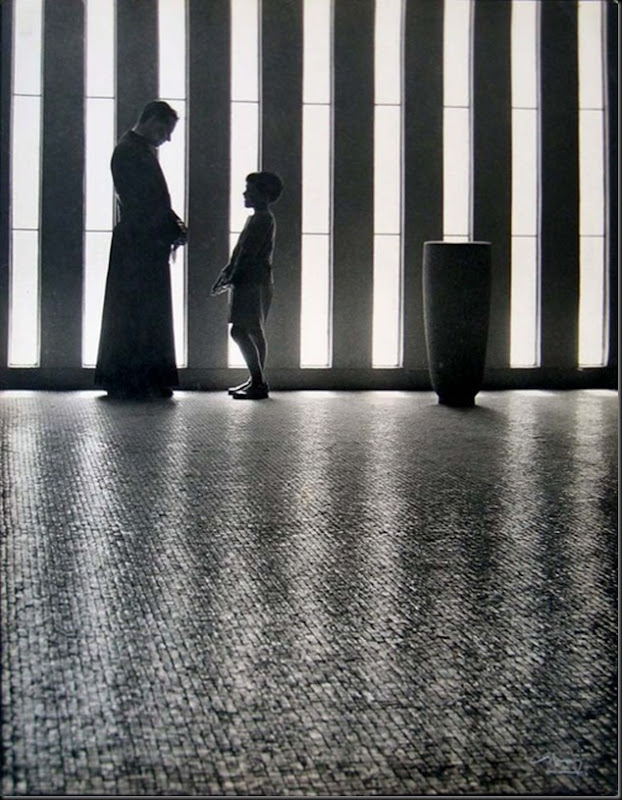For Jorge Pedro Sousa, in his thesis on the history of photojournalism in Portugal, Gageiro’s photographic practice is characterised by "a qualidade estético-composicional, o valor humano e a forma dramática que fazem dele um fotojournalista com traços que também se reconhecem em W. Eugene Smith (lirismo e perfeccionalismo técnico) e Cartier-Bresson (instante decisivo)
He began in photojournalism working for Vida Ribatejana, before going on to join O Século in 1957 He later worked for Eva and also edited Sábado. He continues to work with various publications and press agencies, principally Portuguese Associated Press.
As well as his journalistic work, Gageiro has produced several photobooks, often in collaboration with important Portuguese writers. He worked on Gente with José Cardoso Pires (whose introduction provides us with one of the earliest and most acute appraisals of Gageiro’s work), on Lisboa Operária with David Mourão-Ferreira and, most recently, on Olhares with António Lobo Antunes. His 2003 work Lisboa no Cais da Memória re-uses some of the key images found in these works and can be seen as an anthology of Gageiro’s work concerning Lisbon.
It was Gageiro's photographs that showed the world the events befalling the Munich Olympic Games of 1972 and many of his images define the events surrounding the Carnation Revolution in 1975, such as the one taken in the Lisbon headquarters of the P.I.D.E.(Portugal's secret police), where he captured a young soldier unhanging a portrait of Salazar, the erstwhile head of the Estado Novo's authoritarian regime. During Ramalho Eanes tenure Gageiro was official photographer to the president of the republic.
Gageiro has photographed around the world, including visits to Cuba, where the Castro government allowed him to work with few restrictions and East Timor, where he travelled to document life in the immediate post-independence period.
He received his first photographic prize in 1955 . Since then he has gone on to win more than 300 prizes around the world. In 2005 he was awarded first prize at the 11th International Photography Exhibition in China, the world's biggest photography competition. Fonte
All images © Eduardo Gageiro



















Nessun commento:
Posta un commento